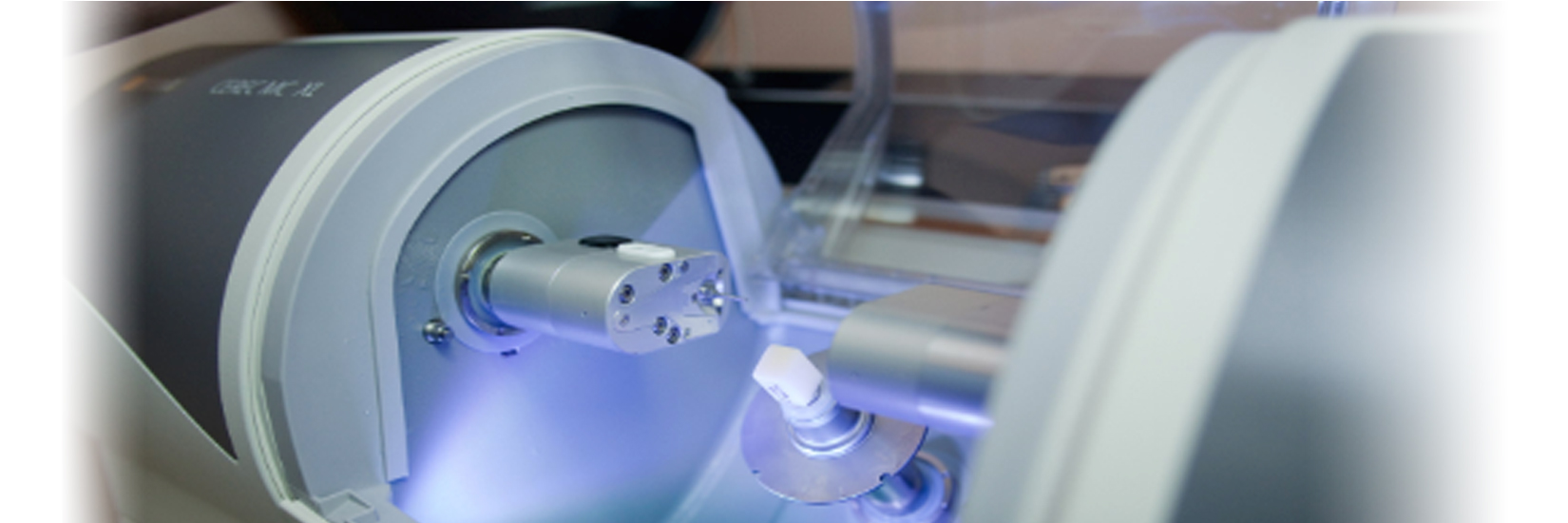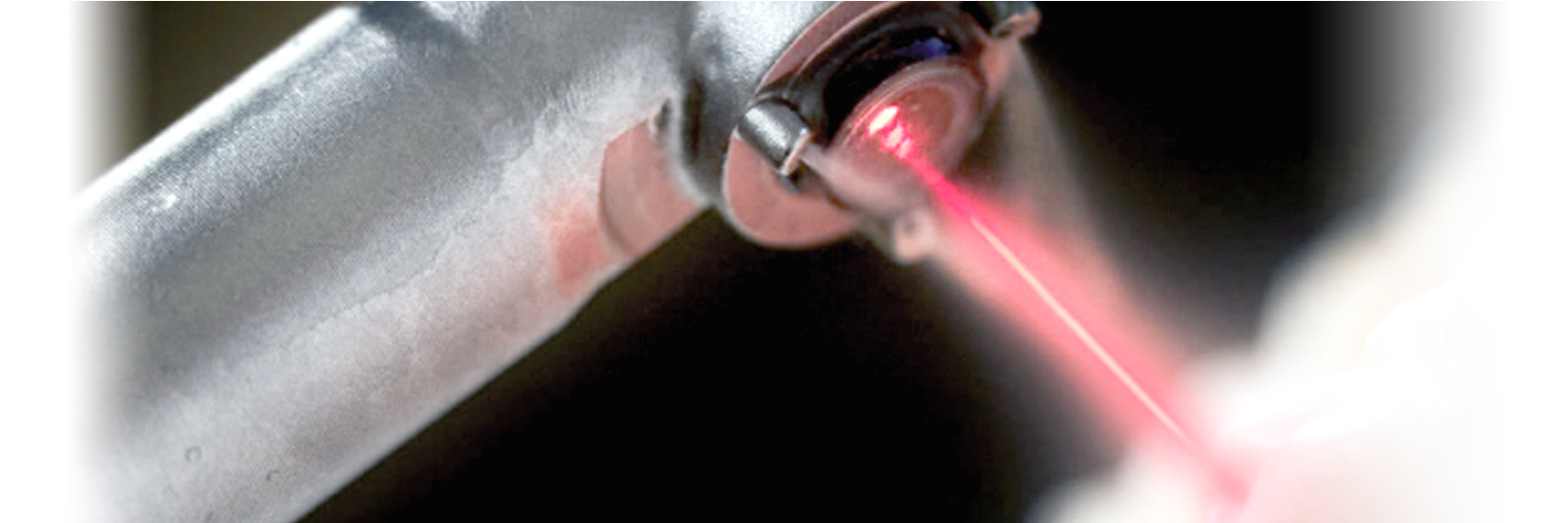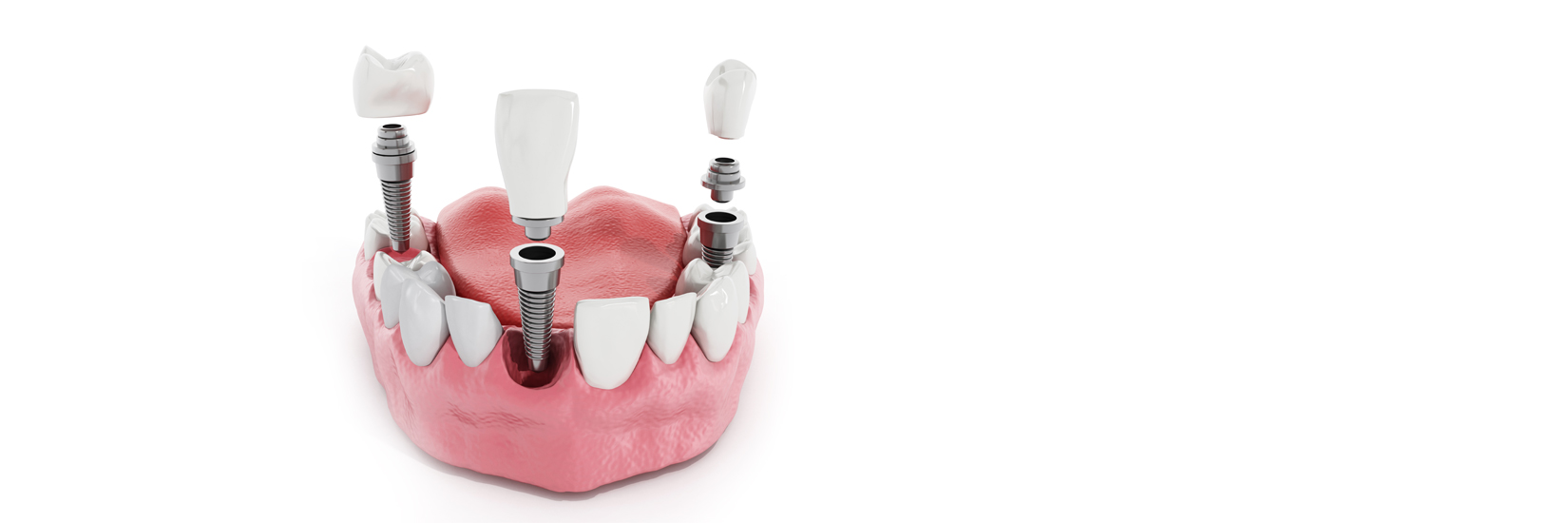Extractions
PURPOSE
Tooth extraction is the removal of a tooth from its socket in the bone. If a tooth has been broken or damaged by decay, your dentist will try to fix it with a filling, crown or other treatment. In the case where there’s too much damage, the tooth needs to be extracted
PREPARATION
Your dentist will take an X-ray of the area to help plan the best way to remove the tooth, and examine your medical history including current medications to determine if you are a good candidate for an extraction. If you are having wisdom teeth removed, you may have a panoramic X-ray to take a picture of all of your teeth at once.
PROCEDURE
There are 2 types of extractions:
A simple extraction is performed on a tooth that can be seen in the mouth. General dentists commonly do simple extractions. The procedure begins with loosening the tooth, then using forceps to remove the tooth. Most simple extractions can be done using a local anesthetic (via injection).
A surgical extraction is a more complex procedure. It is used if a tooth may have broken off at the gum line or has not come into the mouth yet. Your dentist will make a small cut into your gum. Sometimes it’s necessary to remove some of the bone around the tooth or to cut the tooth in half in order to extract it. For a surgical extraction, you will receive a local anesthetic, but in more complicated cases that require intravenous anesthesia, you may be referred to an oral surgeon.
During a tooth extraction, you can expect to feel pressure, but no pain. If you feel any pain or pinching, tell your dentist.

















